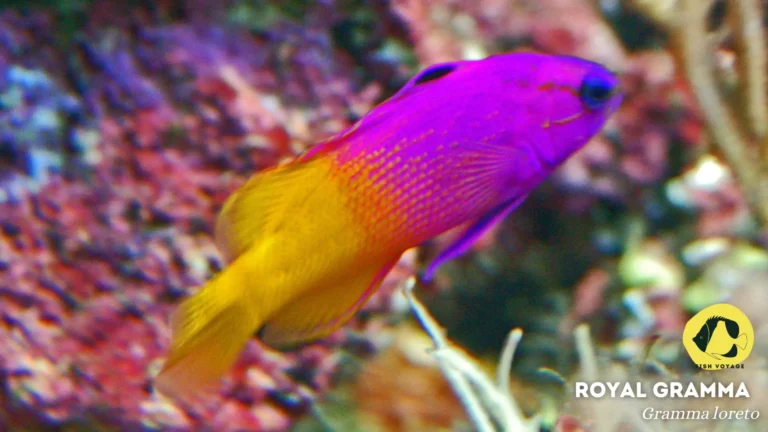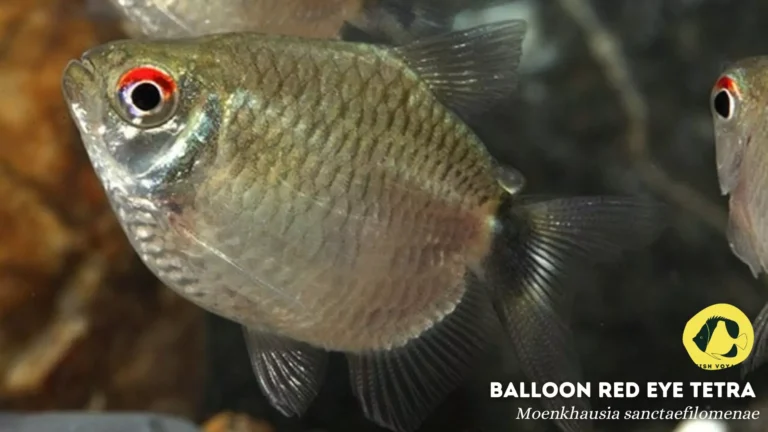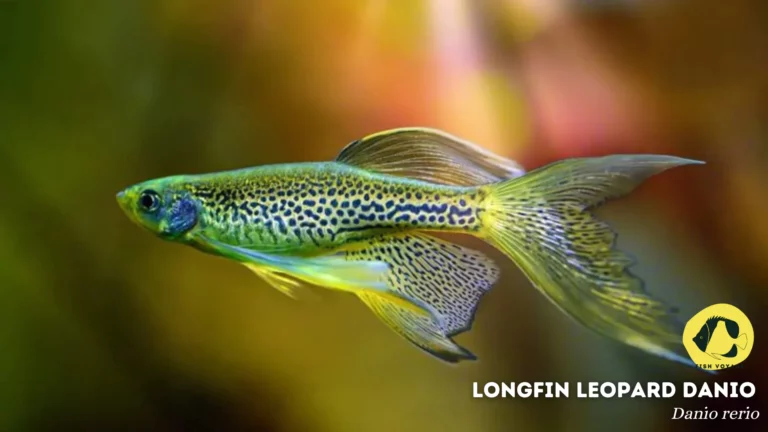Neon Tetra: Everything You Need to Know!
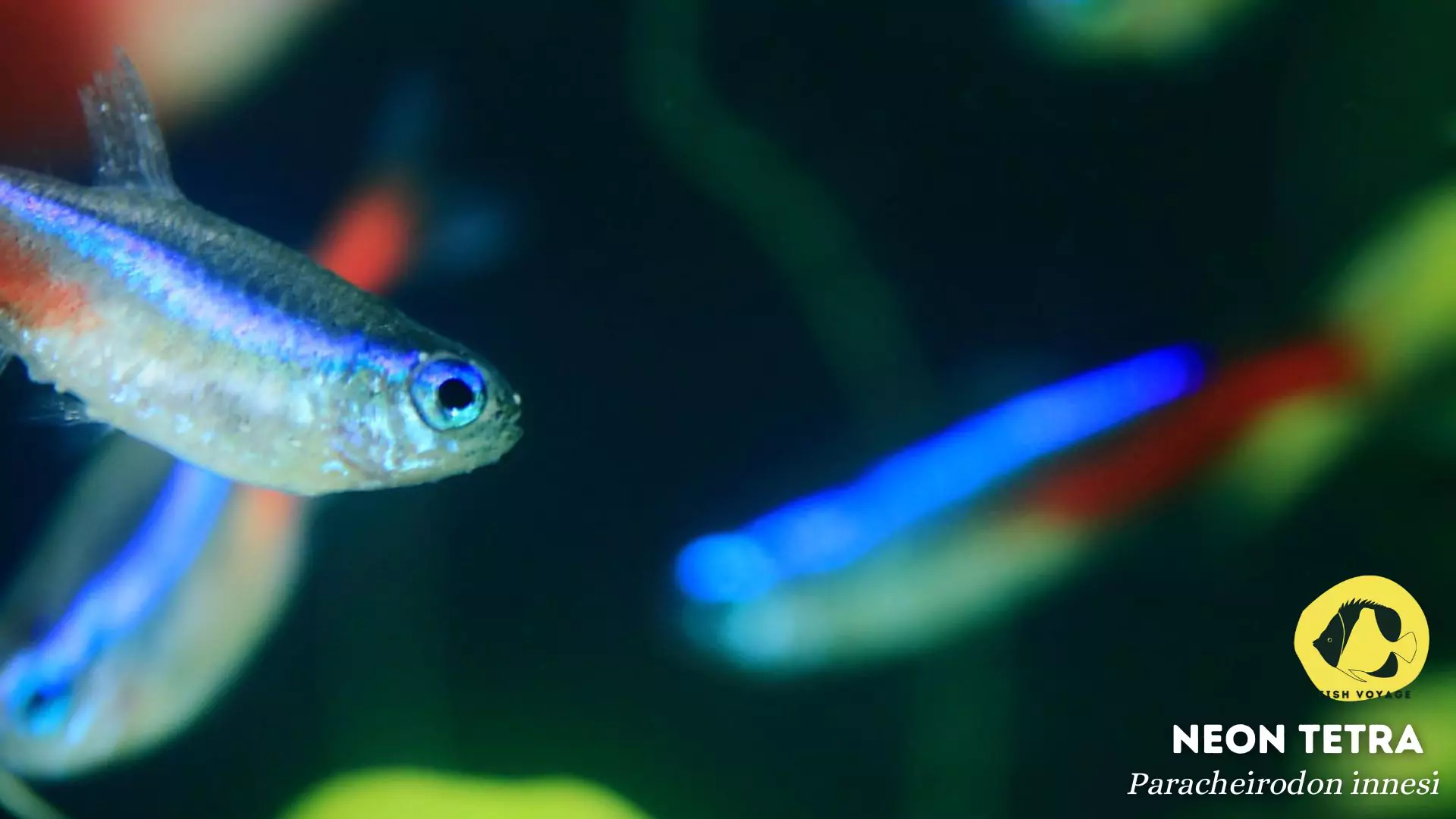
In the captivating world of aquarium enthusiasts, the Neon Tetra stands out as a jewel of the freshwater aquarium. Renowned for its striking colors and engaging behavior, the Neon Tetra has become an indispensable and cherished member of the aquarium community. Its vibrant hues and schooling nature make it not only visually appealing but also a fascinating species to observe.
In this comprehensive guide, we will delve into the physical characteristics, ideal tank conditions, feeding habits, and much more, offering both novice and experienced aquarists valuable insights into creating a thriving environment for these enchanting creatures. Join us on a journey to unravel everything you need to know about Neon Tetras and enhance your aquarium expertise.
Physical Characteristics and Behavior
Vibrant Colors and Distinct Markings
- Neon Tetras are renowned for their spectacular colors, featuring a vibrant blend of iridescent blue, red, and silver hues.
- The characteristic neon stripe that runs along their body adds a mesmerizing touch, making them easily distinguishable in any aquarium.

Size and Shape
- These petite fish typically grow to an average size of around 1.5 inches (3.8 cm), making them well-suited for smaller aquarium setups.
- Their slender, streamlined bodies contribute to their graceful and agile movement within the water.
Social Behavior and Compatibility with Other Fish
- Neon Tetras are highly social and thrive in groups, exhibiting a schooling behavior that adds dynamism to the aquarium.
- Known for their peaceful demeanor, Neon Tetras are compatible with a variety of community fish, but care should be taken to avoid pairing them with larger, aggressive species.
- The presence of fellow Neon Tetras or other peaceful community fish is essential to ensure their well-being and reduce stress.
Habitat and Tank Setup
Natural Habitat of Neon Tetras
- Neon Tetras originate from the slow-moving, heavily vegetated waters of South America, particularly the Amazon River basin.
- In the wild, they thrive amidst dense vegetation, submerged roots, and dim lighting, which serve as key considerations for recreating their natural habitat in captivity.
Ideal Tank Conditions
- Maintaining water quality is paramount; Neon Tetras prefer slightly acidic to neutral water with a pH range of 6.0 to 7.0.
- The water temperature should be kept between 72°F to 78°F (22°C to 26°C), replicating the tropical conditions they are accustomed to.
- A well-filtered aquarium is essential, along with regular water testing to ensure optimal conditions for the health of Neon Tetras.
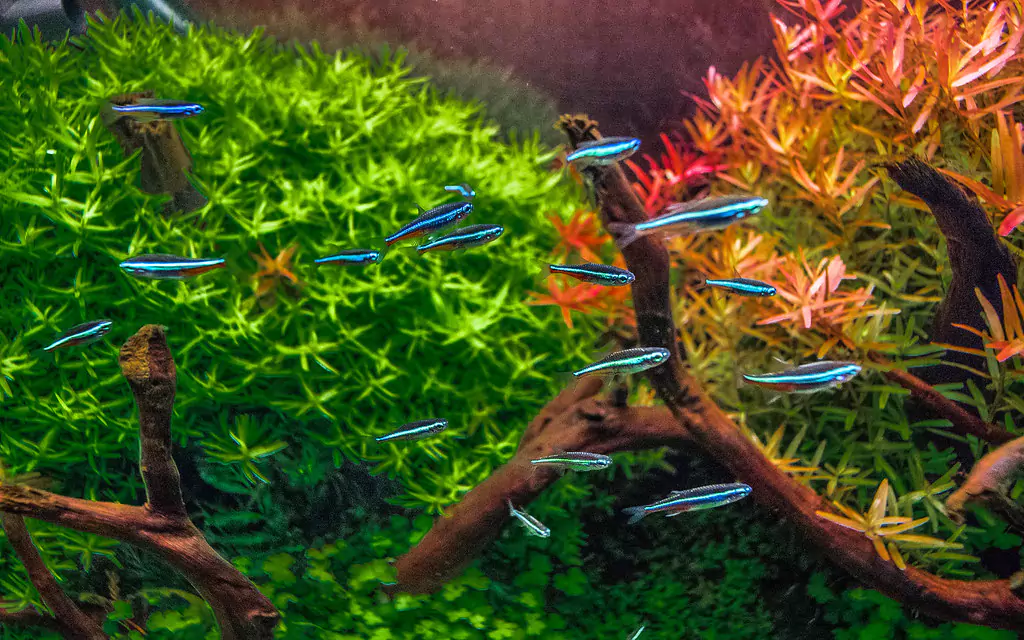
Decor and Plants for a Neon Tetra-Friendly Environment
- Mimic their natural habitat by incorporating live or artificial plants that provide shelter and hiding spots.
- Soft substrate, such as sand or fine gravel, is preferable to imitate the riverbed environment and protect their delicate fins.
- Dimmable LED lighting helps replicate the subdued lighting conditions of their native habitat, reducing stress and promoting natural behaviors.
Diet and Feeding
Dietary Preferences
- Neon Tetras are omnivores with a preference for small-sized food particles, such as microorganisms and plankton, which mimic their natural diet in the wild.
- They exhibit a keen interest in both live and frozen foods, making a varied diet crucial for their overall health and vibrancy.
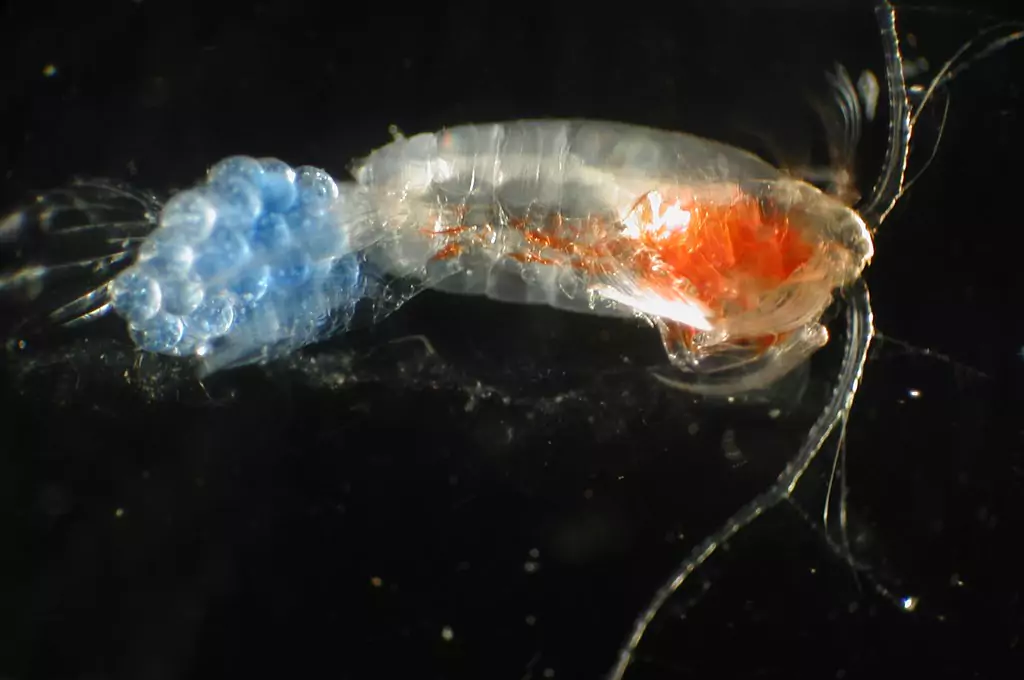
Recommended Types of Food
- High-quality flake or pellet food specifically formulated for tropical fish serves as a staple in their diet, providing essential nutrients.
- Supplement their diet with live or frozen foods like brine shrimp, daphnia, or bloodworms to meet their protein requirements and encourage natural feeding behaviors.
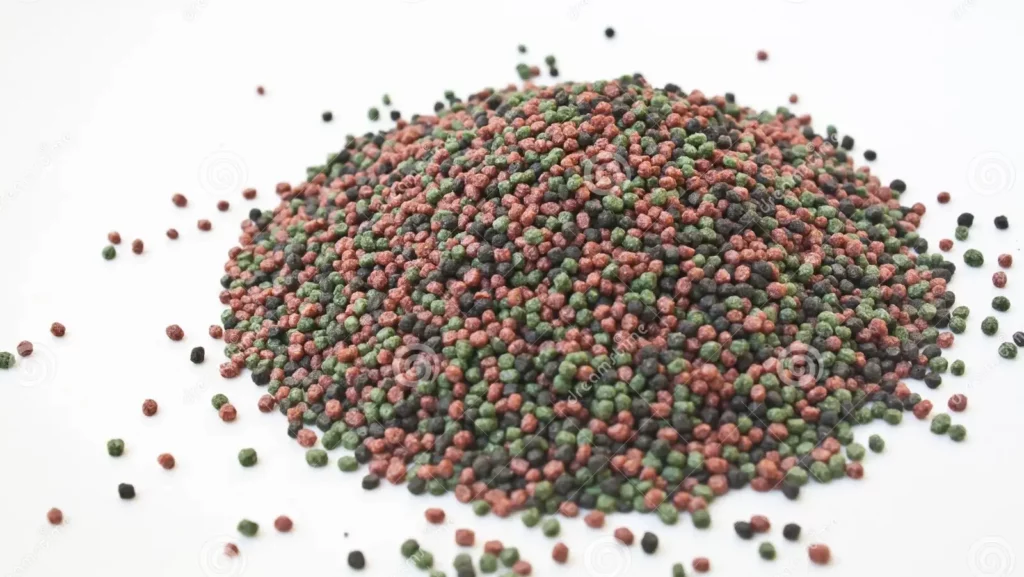
Feeding Schedule and Portion Control
- Neon Tetras benefit from small, frequent meals rather than a single large feeding.
- Aim for two to three feedings per day, ensuring that the portions are consumed within a few minutes to prevent overfeeding and maintain water quality.
- Adjust the quantity based on their response and the presence of leftover food, tailoring the feeding routine to the specific needs of your aquarium.
Health and Common Issues
Signs of a Healthy Neon Tetra
- Vibrant Colors: A healthy Neon Tetra exhibits its signature vibrant colors, showcasing the intensity of its blue, red, and silver hues.
- Active and Agile: Healthy individuals are active swimmers, displaying agile movement within the aquarium.
- Clear Eyes and Fins: Clear, bright eyes and undamaged fins are indicative of good overall health.
Common Health Issues and Diseases
- Ich (White Spot Disease): Recognized by white cysts on the skin, fins, and gills, Ich is a common ailment that can be triggered by stress or poor water conditions.
- Fin Rot: Damaged or frayed fins can be a sign of fin rot, often caused by bacterial infections resulting from poor water quality.
- Neon Tetra Disease: This infectious condition manifests as a loss of color, abnormal behavior, and a curved spine. Quarantine infected fish promptly to prevent the spread of the disease.

Preventive Measures and Remedies
- Maintain Water Quality: Regular water changes and proper filtration contribute significantly to disease prevention.
- Quarantine New Additions: Isolate new fish for observation before introducing them to the main aquarium, minimizing the risk of introducing diseases.
- Temperature and Stress Management: Maintain stable water temperature and create a stress-free environment by providing ample hiding spaces and suitable tank mates.
- Medication and Treatment: In the event of illness, seek appropriate medications and treatments, following recommended dosages and consulting with a veterinarian if needed.
Breeding Neon Tetras
Breeding Conditions
- Separate Breeding Tank: Set up a separate breeding tank to create an environment conducive to spawning.
- Soft Water and Lower Lighting: Neon Tetras prefer softer water with subdued lighting for breeding, mimicking conditions in their natural habitat.
- Floating Plants and Fine Substrate: Include floating plants like Java Moss and provide a fine substrate for egg attachment, ensuring a suitable breeding ground.
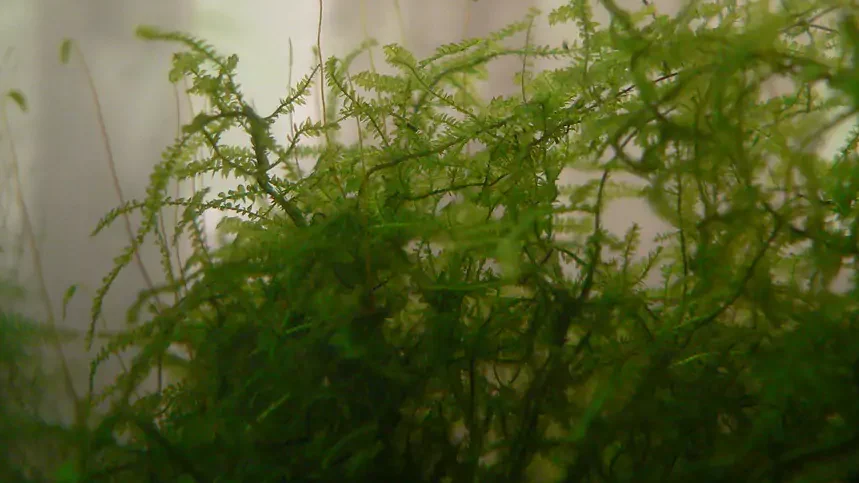
Behavior During Breeding Season
- Increased Agitation: Male Neon Tetras intensify their colors and exhibit increased agitation, often engaging in courtship displays.
- Egg Deposits: Females scatter adhesive eggs among plants. Males then fertilize the eggs, and both parents may eat them if not promptly removed to a separate tank.
Caring for Neon Tetra Fry
- Separate Fry Tank: Transfer the eggs or fry to a dedicated fry tank to protect them from being consumed by adult fish.
- Infusoria and Baby Brine Shrimp: Neon Tetra fry initially feed on infusoria and later transition to baby brine shrimp.
- Gradual Introduction to Regular Diet: As they grow, introduce finely crushed flake food to the fry, gradually transitioning them to a standard Neon Tetra diet.
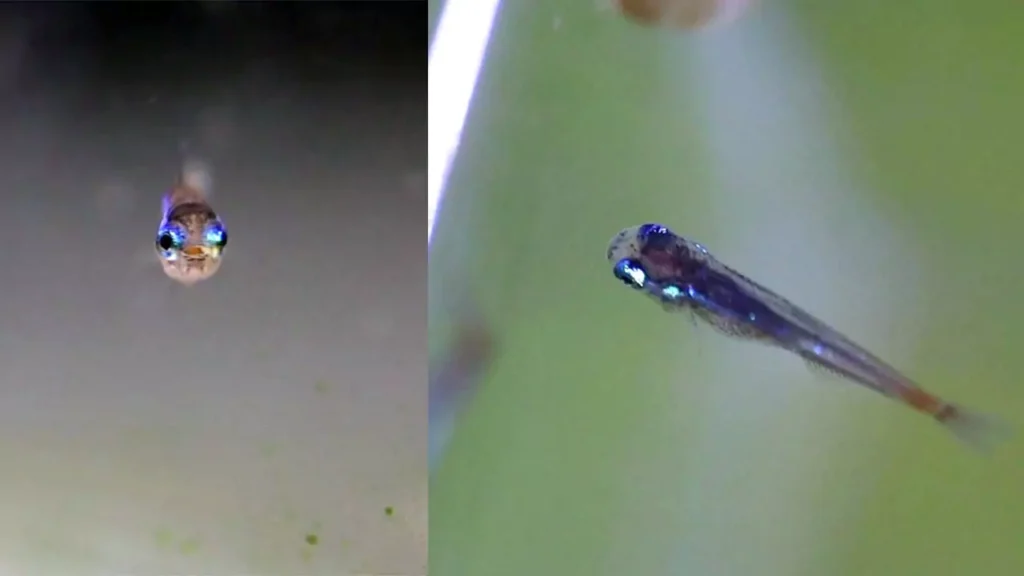
Tips for Aquarium Enthusiasts
Tips for Maintaining a Healthy Neon Tetra Aquarium
- Regular Water Testing: Conduct frequent water tests to monitor parameters such as pH, ammonia, and nitrate levels. Maintain optimal water quality to support the well-being of Neon Tetras.
- Routine Water Changes: Perform regular water changes to remove accumulated waste and replenish essential minerals. A consistent water change schedule contributes to a stable and healthy environment.
Compatible Tank mates
- Peaceful Community Fish: Select peaceful community fish as tank mates to ensure a harmonious aquarium environment. Suitable companions may include small tetras, rasboras, and non-aggressive catfish.
- Avoid Aggressive Species: Steer clear of aggressive or fin-nipping species, as Neon Tetras are relatively small and may become targets for more assertive tankmates.
Potential Challenges and How to Overcome Them
- Disease Prevention: Prioritize quarantine for new additions and maintain proper hygiene to prevent the introduction and spread of diseases. Promptly address any signs of illness.
- Handling Stress: Minimize stressors such as sudden changes in water parameters or aggressive tankmates. Provide hiding spots and plants to create a secure environment for Neon Tetras.
Conclusion
In conclusion, this comprehensive guide has illuminated key facets of caring for Neon Tetras, encompassing their vibrant colors, ideal habitats, dietary needs, health considerations, breeding nuances, and aquarium maintenance tips. By adhering to these insights, aquarium enthusiasts can create a thriving environment for these captivating fish. As you embark on your Neon Tetra journey, we invite you to share your experiences and questions in the comments below. Your valuable insights contribute to the collective knowledge of the aquarium community, fostering a collaborative space for continued learning and enjoyment. Thank you for joining us on this exploration of everything you need to know about Neon Tetras.
Additional Resources
Reputable Forums
For further discussions and community engagement, consider exploring reputable forums dedicated to aquarium enthusiasts, such as AquariumAdvice and Fishlore. These platforms provide valuable insights, real-world experiences, and a supportive community where you can share your knowledge and seek advice.
Authoritative Books
For in-depth reading and a deeper understanding of Neon Tetras and aquarium care, the following books are highly recommended.
- The Complete Idiot’s Guide to Freshwater Aquariums by Mike Wickham: A comprehensive guide suitable for beginners, covering various aspects of freshwater aquariums, including Neon Tetra care.
- Neon Tetras by Peter. F Capon: This book offers specific insights into the care, breeding, and health of Neon Tetras, making it an excellent resource for enthusiasts looking to specialize in these captivating fish.
Recommended Products
Enhance your Neon Tetra’s habitat with quality products. Consider trusted brands like API for water testing kits, Fluval for reliable filtration systems, and OmegaOne for nutritious fish food. These products contribute to the well-being of your aquarium’s inhabitants.
By delving into these forums and books, you can expand your knowledge, connect with fellow hobbyists, and refine your skills in maintaining a vibrant and healthy aquarium for Neon Tetras.
Frequently Asked Questions (FAQs)
1. What size tank is suitable for Neon Tetras?
Neon Tetras thrive in smaller aquariums, with a recommended tank size of at least 10 gallons for a small school. However, larger tanks provide more swimming space and stability.
2. Can Neon Tetras live with other fish species?
Yes, Neon Tetras are generally peaceful and can coexist with other non-aggressive community fish. Ideal tank mates include small tetras, rasboras, and peaceful catfish.
3. How often should I feed Neon Tetras?
Neon Tetras benefit from small, frequent meals. Feed them two to three times a day, offering an amount they can consume within a few minutes to avoid overfeeding and maintain water quality.
4. Do Neon Tetras need a heater in their tank?
Yes, Neon Tetras require a stable tropical temperature between 72°F to 78°F (22°C to 26°C). A reliable aquarium heater is essential to maintain these conditions, ensuring the well-being of the fish.
5. What are common signs of illness in Neon Tetras?
Signs of a healthy Neon Tetra include vibrant colors, clear eyes, and active behavior. Common signs of illness include lethargy, loss of color, abnormal swimming, or visible physical abnormalities. Prompt attention and proper care are crucial if any signs of illness arise.

